Country Germany Population 133,808 (2012) Area 87.63 km2 | State Bavaria District Urban district Mayor Christian Schuchardt (CDU) | |
Colleges and Universities University of Wurzburg, University of Applied Sciences Wurzburg-Schweinfurt Points of interest Marienberg Fortress, Wurzburg Cathedral, Museum im Kulturspeicher Wurzburg | ||
Wurzburg ( Main-Franconian: Wortzburch) is a city in the region of Franconia, Northern Bavaria, Germany. Located on the Main River, it is the capital of the Regierungsbezirk Lower Franconia. The regional dialect is Franconian.
Contents
- Map of Wurzburg
- 200708 germany trip wurzburg
- History
- Geography
- Economy
- Arts and culture
- Museums and galleries
- References
Map of Wurzburg
Wurzburg lies at about equal distance (120 kilometer, or 75 miles) between Frankfurt am Main and Nuremberg. Although the city of Wurzburg is not part of the Landkreis Wurzburg, (i.e. the county or district of Wurzburg), it is the seat of the districts administration. The citys population was 124,698 as of 31 December 2013.
200708 germany trip wurzburg
History
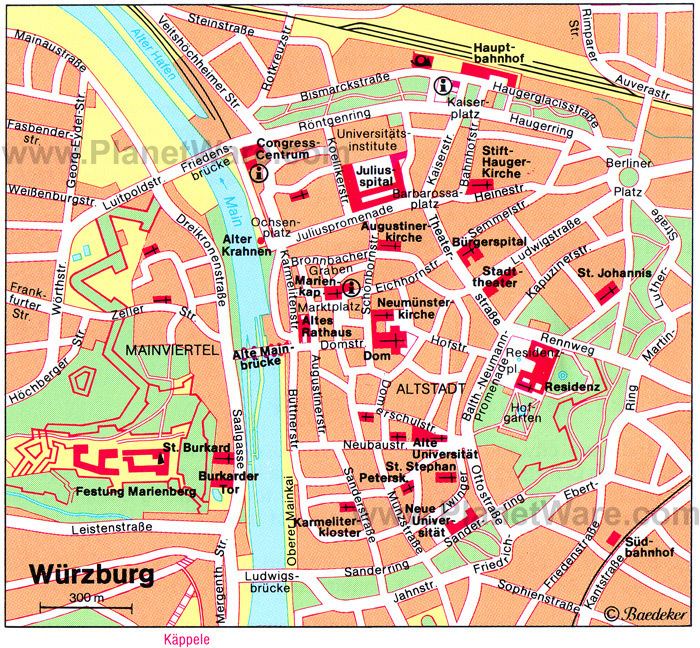
A Bronze Age (Urnfield culture) refuge castle stood on the site of the present Fortress Marienberg. The former Celtic territory was settled by the Alamanni in the 4th or 5th century, and by the Franks in the 6th to 7th. Wurzburg was the seat of a Merovingian duke from about 650. It was Christianized in 686 by Irish missionaries Kilian, Kolonat and Totnan. The city is mentioned in a donation by Duke Hedan II to bishop Willibrord, dated 1 May 704, in castellum Virteburch. The Ravenna Cosmography lists the city as Uburzis at about the same time. The name is presumably of Celtic origin, but based on a folk etymological connection to the German word Wurze "herb, spice", the name was Latinized as Herbipolis in the medieval period.
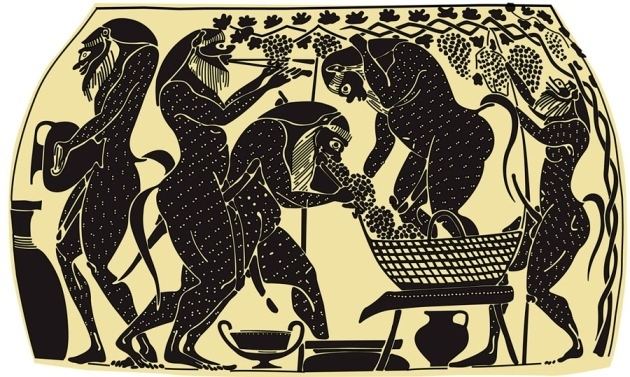
Beginning in 1237, the city seal depicted the cathedral and a portrait of Saint Kilian, with the inscription SIGILLVM CIVITATIS HERBIPOLENSIS. It shows a banner on a tilted lance, formerly in a blue field, with the banner quarterly argent and gules (1532), later or and gules (1550). This coat of arms replaced the older seal of the city, showing Saint Kilian, from 1570.
The first diocese was founded by Saint Boniface in 742 when he appointed the first bishop of Wurzburg, Saint Burkhard. The bishops eventually created a duchy with its center in the city, which extended in the 12th century to Eastern Franconia. The city was the seat of several Imperial Diets, including the one of 1180, in which Henry the Lion was banned from the Empire and his duchy was handed over to Otto of Wittelsbach. Massacres of Jews took place in 1147 and 1298.
The first church on the site of the present Wurzburg Cathedral was built as early as 788, and consecrated that same year by Charlemagne; the current building was constructed from 1040 to 1225 in Romanesque style. The University of Wurzburg was founded in 1402 and re-founded in 1582. The citizens of the city revolted several times against the prince-bishop, until decisively defeated in 1400.
Geography
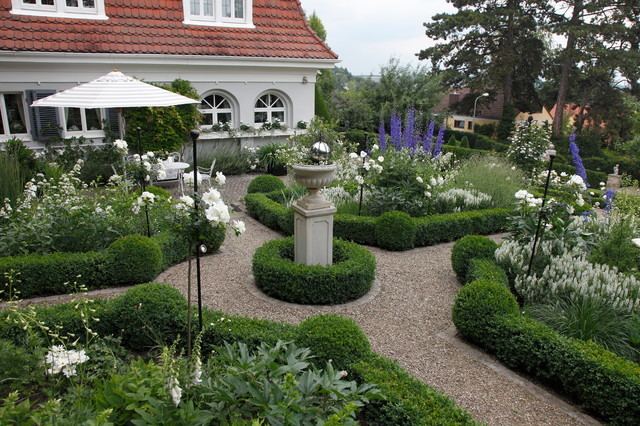
Wurzburg is located on both sides of the river Main in the region of Lower Franconia in Bavaria, Germany. The main body of the town is on the eastern (right) bank of the river. The town is completely enclosed by the Landkreis Wurzburg, but is not a part of it.
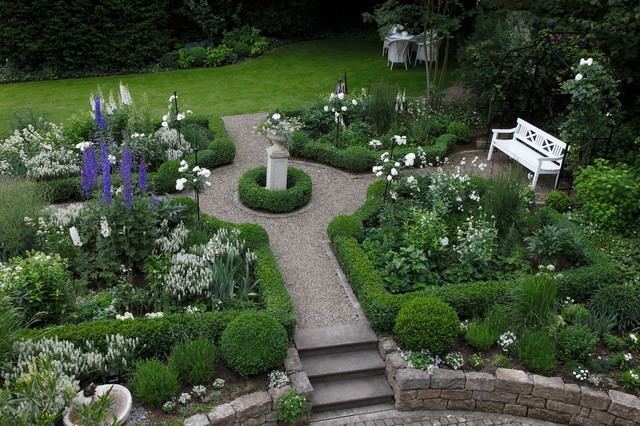
Wurzburg covers an area of 87.6 square-kilometres and lies at an altitude of around 177 metres.
Of the total municipal area, in 2007, building area accounted for 30%, followed by agricultural land (27.9%), forestry/wood (15.5%), green spaces (12.7%), traffic (5.4%), water (1.2%) and others (7.3%).
The centre of Wurzburg is surrounded by hills. To the west lies the 266 metre Marienberg and the Nikolausberg (359 m) to the south of it. The Main flows through Wurzburg from the south-east to the north-west.
Economy
Wurzburg is mainly known as an administrative center. Its largest employers are the Julius-Maximilians-University and the municipality. The largest private employers are Brose Fahrzeugteile followed by Koenig & Bauer, a maker of printing machines. Wurzburg is also the capital of the German wine region Franconia which is famous for its mineralic dry white wines especially from the Silvaner grape. Wurzburger Hofbrau brewery also locally produces a well-known pilsner beer.
Arts and culture
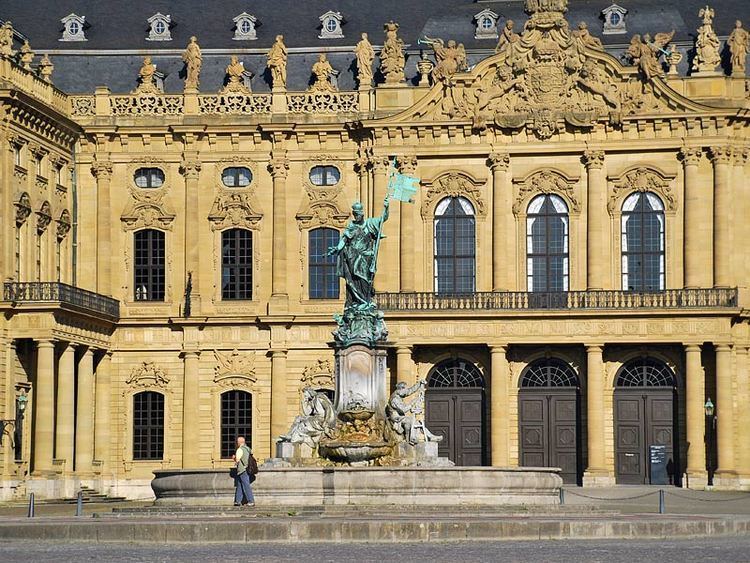
Notable artists who lived in Wurzburg include poet Walther von der Vogelweide (12th and 13th centuries), philosopher Albertus Magnus and painter Mathias Grunewald. Sculptor Tilman Riemenschneider (1460–1531) served as mayor and participated in the German Peasants War.
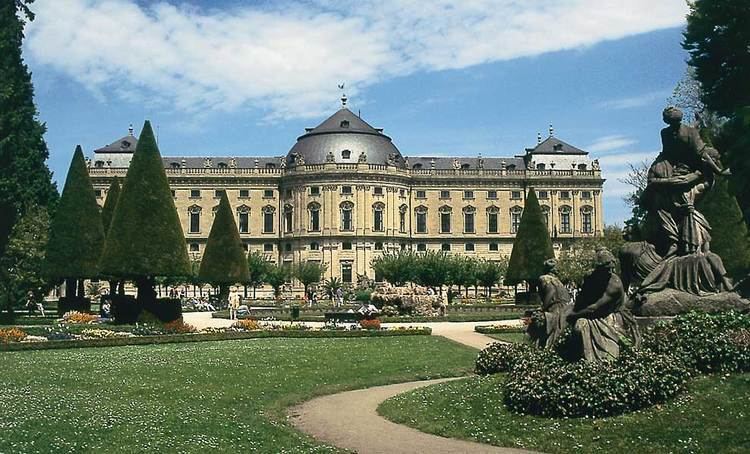
Some of the citys "100 churches" survived intact. In style they range from Romanesque (Wurzburg Cathedral), Gothic (Marienkapelle), Renaissance (Neubaukirche), Baroque (Stift Haug Kirche) to modern (St. Andreas).
Major festivals include the Afrika Festival in May, the Mozart Festival in June/July and the Kiliani Volksfest in mid-July.
